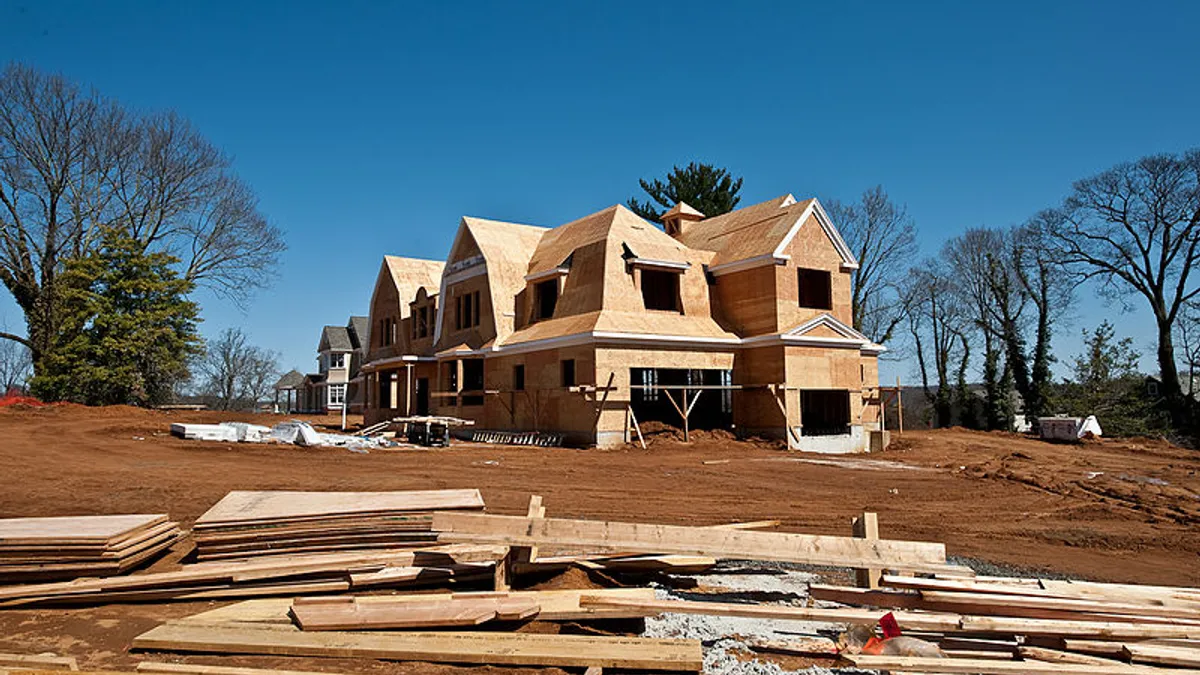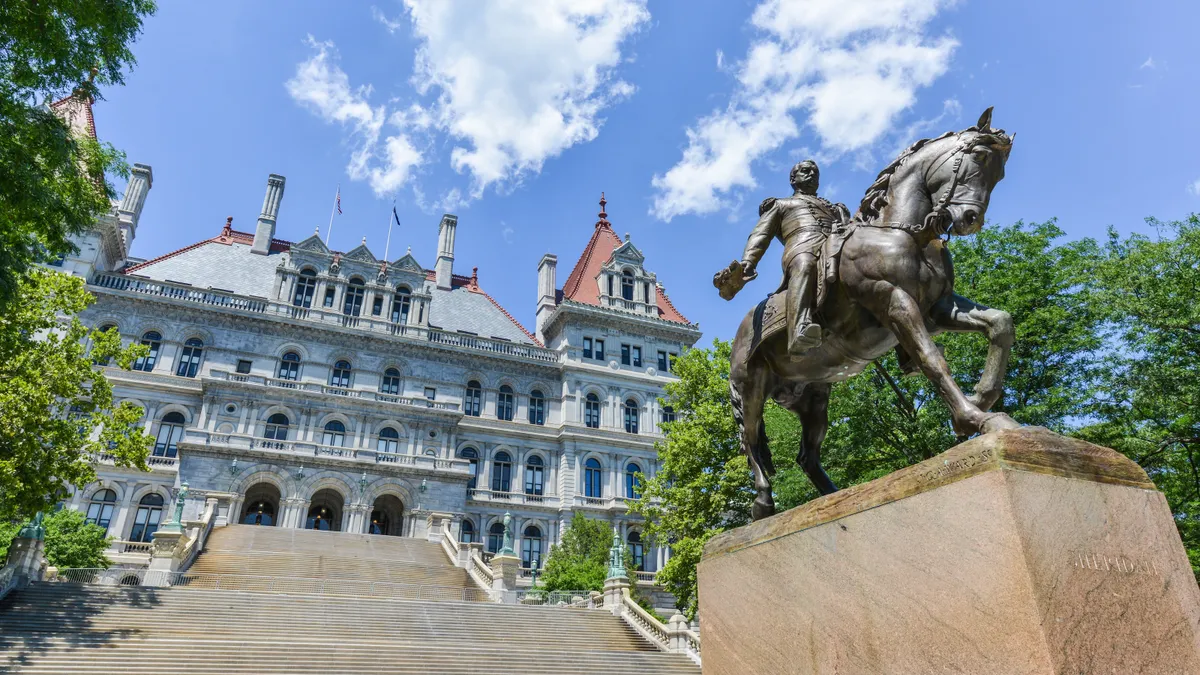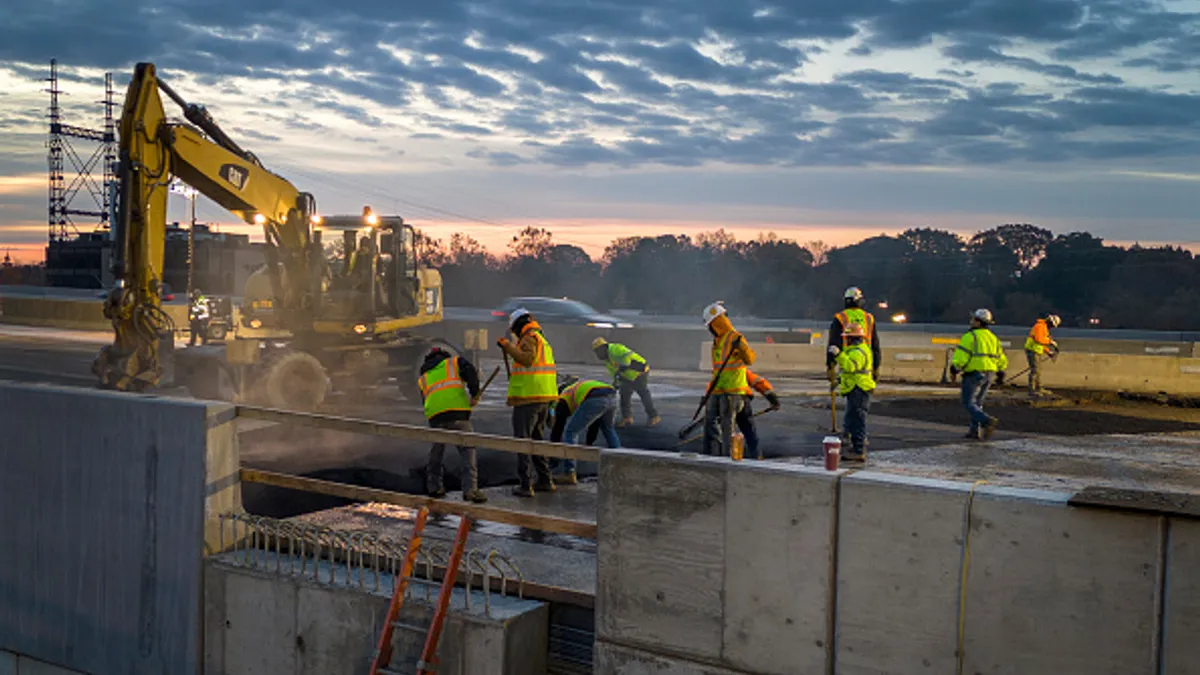Editor's Note: The following is a guest contribution from Carla Williams, who works in customer and media relations for the Williams Brothers Corporation of America.
Building codes affect every member of modern society, from contractors and their clients to students, office workers, and anyone who spends time indoors. These regulations shape our buildings and infrastructure, and they determine the decisions that construction professionals make.
However, the building code system has evolved significantly over the past few centuries, and its influence on industries has changed as well. As the impact of these regulations becomes more obvious in our homes and businesses, some argue that the system needs a serious overhaul.
A brief history of building codes
Of course, to many, building codes are unquestionable safety measures that prevent repeats of historic disasters. American's relationship with building codes has always revolved around disasters, starting with the original Boston building code that outlawed thatched roofs and wooden chimneys in 1631. Fire safety also inspired new building codes after the disastrous fires in London in 1666 and Chicago in 1871.
Over the years, new codes were created and enforced to protect neighbors from unsafe structures and address the relationships between different buildings. By 1940, three regional code organizations had emerged in the United States. In 2000, the three organizations merged and consolidated into the International Code Council (ICC), which is still active today.
The ICC has been responsible for publishing and enforcing all building codes (known as I-codes), which address specific issues such as energy use, plumbing access, and fire escapes. Today, I-Codes continue to reflect the lessons we've learned the "hard way." For example, utility outages during Hurricane Sandy prompted New York City to convene a special task force and create new codes to increase and maintain access to water and electricity in residential buildings.
But if building codes prevent health and safety hazards, why are so many construction insiders wary of them? Well, there are two sides of the building code argument.
The argument against building codes
The argument against building codes isn't a haphazard attempt to loosen restrictions. Instead, it's often made by experienced contractors and other industry veterans who are frustrated by certain trends and aware of hazards or risks that the general public may not realize.
Bare minimum standards
When construction teams "build to code," what does that really mean? Unfortunately, it often means complying with the bare minimum of legal requirements. No reputable builder will defy codes intentionally, but if builders’ only goal is to make sure a property isn't illegal, they may not have incentive to go above and beyond with quality or safety.
You don't have to see into the future to know what happens when builders stick to the bare minimum requirements. Martin Holladay, who serves as a Green Building Advisor (GBA) Senior Editor, points to historic Vermont homes with rotten sills, undersized rafters, and bulging foundations as an example of corner-cutting craftsmanship that only barely complied with the building codes of the time.
Shortage of skills
Code opponents also argue that the construction industry would benefit more from well-trained master builders than strict code enforcement. As codes have gotten stricter and enforcement more common, requirements for training and special skills has actually decreased, and the shortage of construction workers has grown too.
While this isn't necessarily a cause-and-effect phenomenon, it does reflect one truth about modern construction work: though building code compliance is required and enforced, formal training is not. Some contractors take advantage of this, hiring untrained construction workers and using cheap materials to increase profit margins. Young people aren't gravitating toward these low-paid positions, and there are fewer incentives today to pursue the career path of an experienced master builder.
Safety over quality
Of course, safety is still the primary purpose of building codes. However, because training isn't required and homeowners aren't necessarily savvy about the best materials and building practices, construction teams can continue to neglect the quality of their work. Today's codes will surely evolve in the years to come, making these margin-minded choices more obvious to future homeowners.
The argument for building codes
Even if building codes don't guarantee high-quality craftsmanship, they do serve an important purpose. So what is the argument in favor of building codes?
Learning from mistakes
Every new code is a response to a prior failure. Natural and manmade disasters have revealed our weaknesses in safety standards as well as ways to improve. The evolution of building codes over the years has prevented mass casualties from building collapses, fires, and flooding. As society moves forward, building codes will continue to move forward too, reflecting the lessons learned about the materials we use and how we use them.
Energy innovations
Energy waste is one of the most expensive consequences of older building codes. As energy conservation becomes more important for financial and environmental reasons, new building codes are being enforced specifically to address this factor. Energy efficiency is now a main priority for builders and the agencies that regulate them.
Energy codes aren't just designed to protect natural resources; they also make buildings safer and more efficient. For example, public health improves when indoor air quality is more strongly regulated and sustainability incentives have given homeowners more control over their utility costs.
Long-term impacts
Code supporters say it's also important to protect the future of our civilization. While many original features and construction materials can be changed to accommodate new information about safety or energy efficiency, some elements will impact many generations to come.
For example, building foundations often last at least half a century, so it’s important to get them right from the beginning. The Environmental and Energy Study Institute (EESI) recommends building codes that make foundations and other long-term structures more sustainable than currently seems necessary for a more positive long-term impact.
Where the arguments overlap: A happy medium
So, is it possible to satisfy both parties? Fortunately, the building code debate isn't an all-or-nothing argument. There are a few simple ways to correct current issues and satisfy those who love building codes just the way they are.
Stricter licensing, training, and testing standards
If education were just as important as code enforcement, there would be new requirements for training and testing the skills of construction workers. Not only would this increase the quality of construction work, but it would also increase the incentive for young people to pursue skilled construction work. Attracting more young people to the field will produce more master builders in the generations to come.
More accountability for homeowners
Unfortunately, too many homeowners are unable — or unwilling — to spot the differences between a well-built home and one that barely meets construction standards. One builder told GBA about an open house he attended, during which three different couples looked right past ripped housewrap, missing caulk, builder-grade windows, and other construction flaws to focus on the large closets and granite countertops. Educating homeowners and raising their accountability will help them to become more involved in the process and inspection.
Building codes for the future
Short-sighted priorities lead to uninformed hiring decisions and sub-par standards in every industry. However, because construction affects everyone, it’s important to take the building code debate seriously.
If building codes can truly evolve to raise quality standards — rather than setting the bar as low as it can safely go — they aren't the only standards that need to be changed. Improving our current building codes will require a change in the way homeowners, young people, and government regulators think about construction.




















